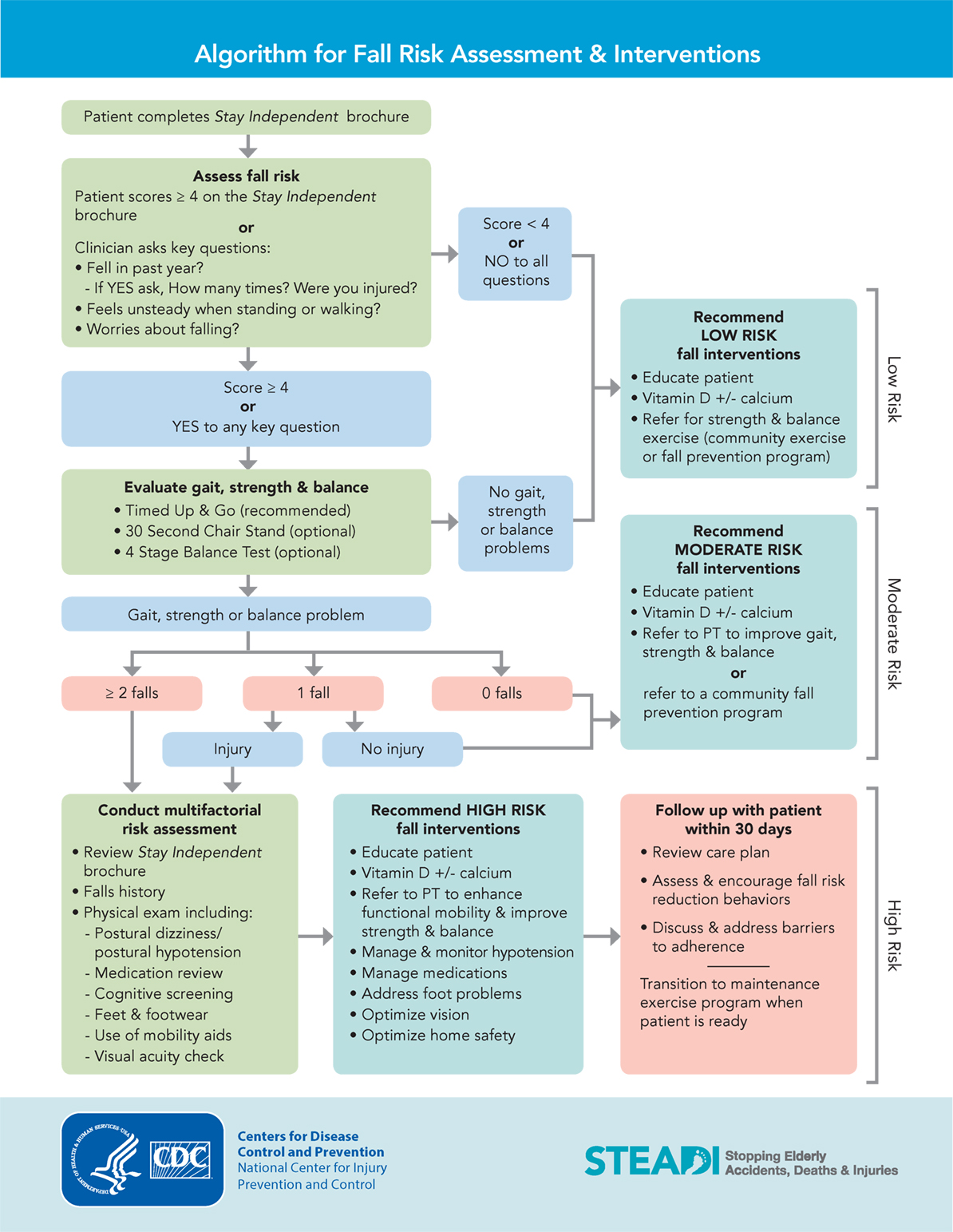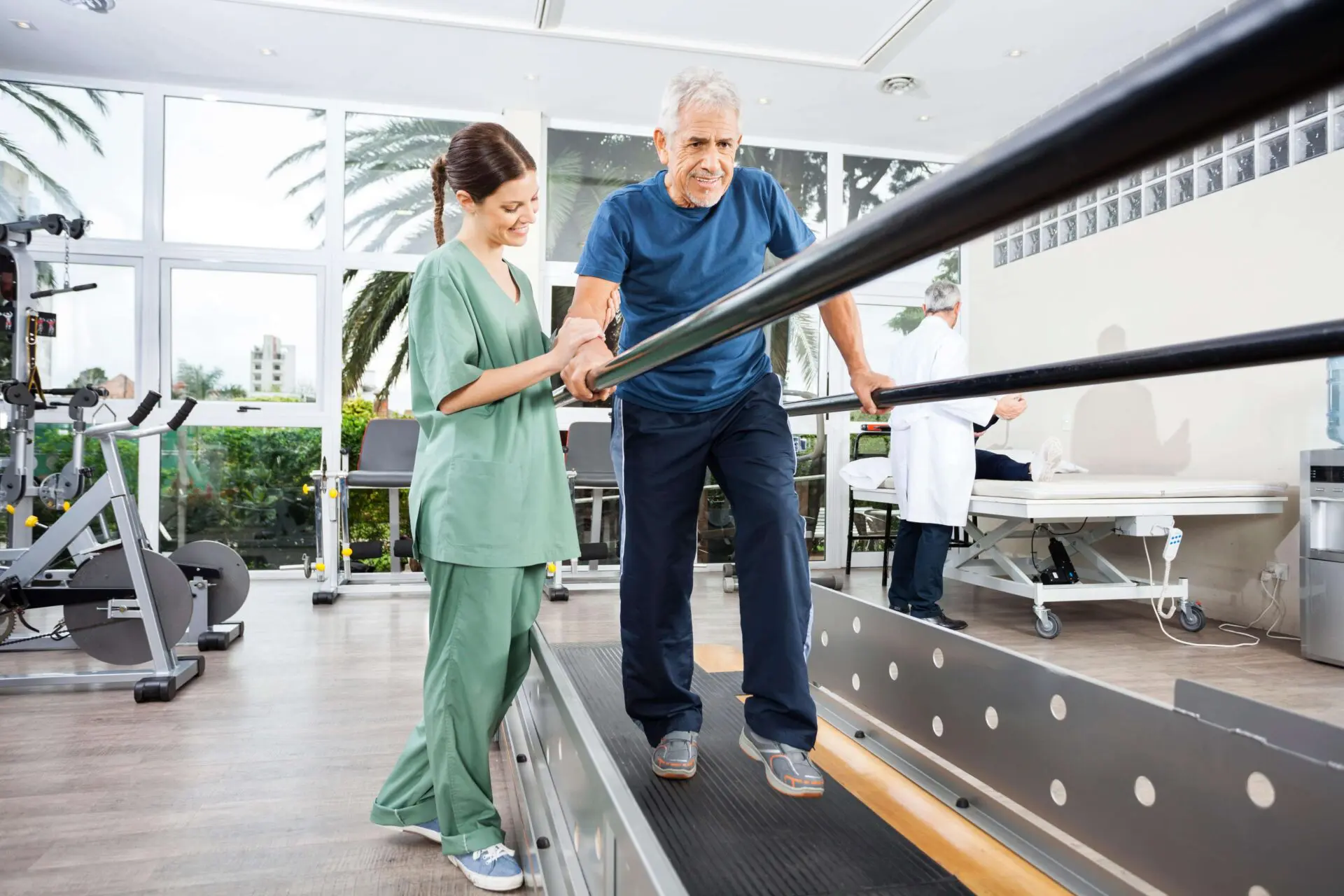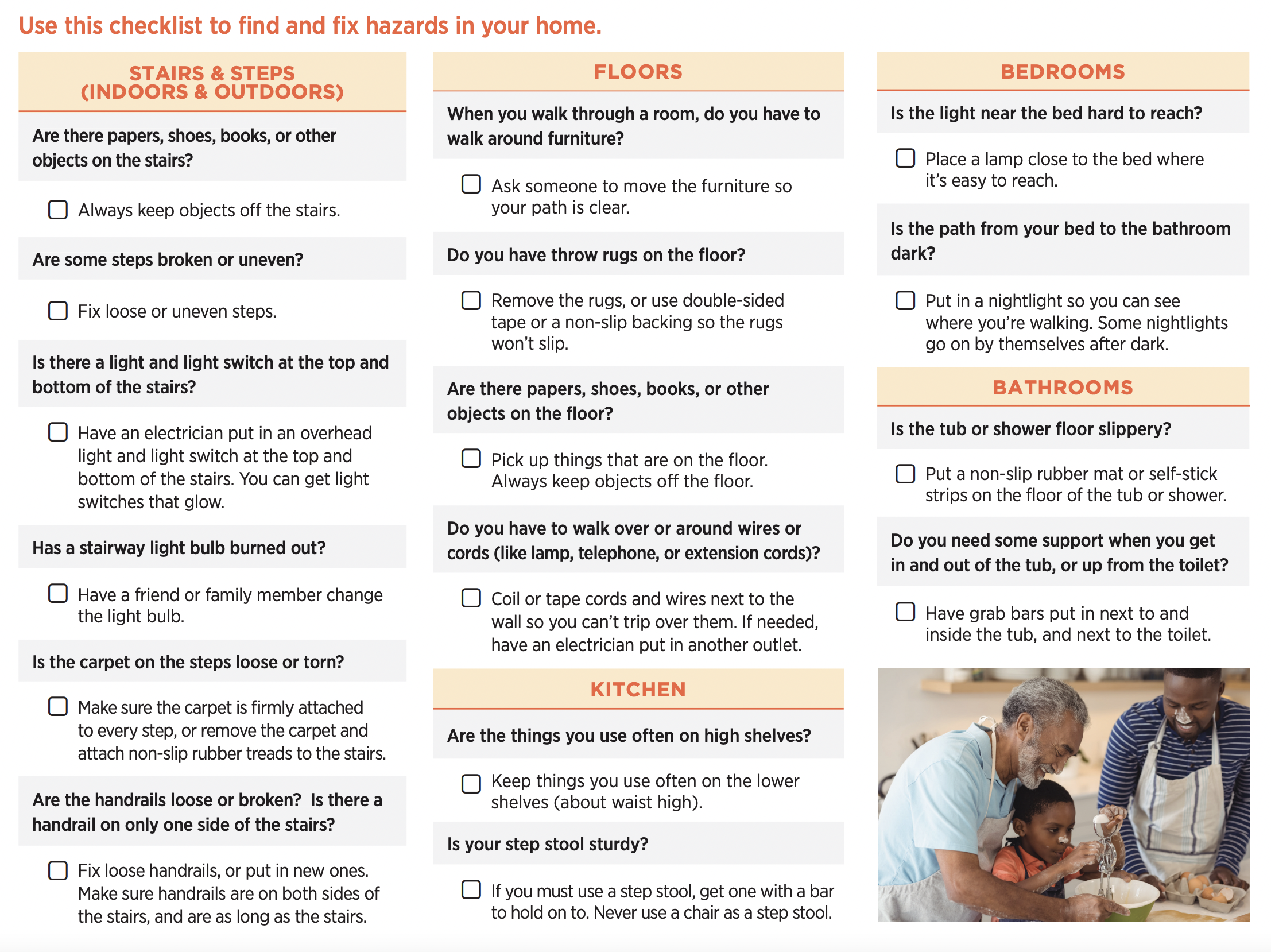The Only Guide for Dementia Fall Risk
Dementia Fall Risk Can Be Fun For Anyone
Table of ContentsThe Main Principles Of Dementia Fall Risk The Best Strategy To Use For Dementia Fall RiskThe Main Principles Of Dementia Fall Risk Some Known Facts About Dementia Fall Risk.Dementia Fall Risk Things To Know Before You Buy
In the community, inadequate road illumination or unsafe creeks and landfills might likewise create crashes. Loss Danger Analysis Device (FRAT) is a 4-item falls-risk screening device for sub-acute and domestic treatment. The FRAT has 3 sections: drop threat condition, risk variable list, and action strategy. A Fall Risk Condition consists of information regarding background of recent falls, drugs, mental and cognitive standing of the individual.If the client ratings on a threat element, the equivalent number of points are counted to the client's fall danger rating in the box to the far. If a client's autumn threat rating totals five or higher, the individual is at high danger for drops. If the patient scores just four factors or reduced, they are still at some risk of dropping, and the nurse ought to utilize their best scientific analysis to manage all autumn risk elements as part of an all natural treatment strategy.
These common strategies, as a whole, help establish a secure setting that lowers unintentional falls and delineates core safety nets for all clients. Indications are important for clients in danger for drops. Health care carriers need to recognize that has the condition, for they are in charge of applying activities to promote client safety and security and stop drops.
Dementia Fall Risk Fundamentals Explained
For example, wristbands need to consist of the client's last and given name, date of birth, and NHS number in the UK. Details should be printed/written in black versus a white background. Just red color must be made use of to indicate unique patient standing. These recommendations are consistent with present growths in individual recognition (Sevdalis et al., 2009).
Products that are as well far may need the individual to reach out or ambulate unnecessarily and can potentially be a threat or add to drops. Aids prevent the individual from going out of bed with no help. Nurses reply to fallers' phone call lights a lot more promptly than they do to lights initiated by non-fallers.
Visual disability can substantially cause drops. Hip pads, when worn properly, may reduce a hip fracture when autumn takes place. Maintaining the beds closer to the flooring minimizes the threat of drops and significant injury. Positioning the mattress on the flooring significantly decreases autumn danger in some health care settings. Reduced beds are developed to minimize the distance an individual drops after relocating out of bed.
Dementia Fall Risk for Dummies
Patients who are tall and with weak leg muscular tissues who attempt to remain on the bed from a standing position are most likely to drop onto the bed since it's as well reduced for them to lower themselves safely. Likewise, if a tall patient attempts to obtain up from a reduced bed without assistance, the individual is likely to fall back down onto the bed or miss the bed and drop onto the flooring.
They're designed to promote timely rescue, not to stop falls from bed. Apart from bed alarms, increased supervision for risky patients also might aid protect against falls.

Individuals with a shuffling gait rise autumn opportunities considerably. To decrease autumn risk, shoes need to be with a little to no heel, thin soles with slip-resistant walk, and support the ankle joints.
Some Known Factual Statements About Dementia Fall Risk
Patients, specifically older adults, have minimized visual ability. Lights an unfamiliar atmosphere helps increase visibility if the individual have to stand up during the night. In a research study, homes with appropriate lights record fewer drops (Ramulu et al., 2021). Enhancement in illumination at home might decrease loss rates in older grownups (Dementia Fall Risk). Using gait belts by all healthcare carriers can promote safety and security when assisting people with transfers from bed to chair.

Sitters are effective for ensuring a safe and secure, protected, and secure atmosphere. Researches demonstrated very low-certainty evidence that caretakers reduce autumn risk in intense treatment hospitals and just moderate-certainty that options like video clip surveillance can reduce caretaker usage without enhancing autumn risk, suggesting that sitters are not as helpful as at first believed (Greely et al., 2020).
9 Simple Techniques For Dementia Fall Risk

Increased physical fitness lowers the risk for drops and limits injury that is sustained when loss transpires. Land and water-based workout programs may be similarly advantageous on balance and gait and therefore minimize the risk for drops. Water exercise might contribute a positive advantage on balance and gait for ladies 65 years and older.
Chair Increase Exercise is an easy sit-to-stand workout that helps enhance the muscles in the upper legs and buttocks and improves movement and self-reliance. The goal is to do Chair Surge exercises without using hands as the customer becomes more powerful. See sources section for a thorough direction on just how link to do Chair this page Surge workout.